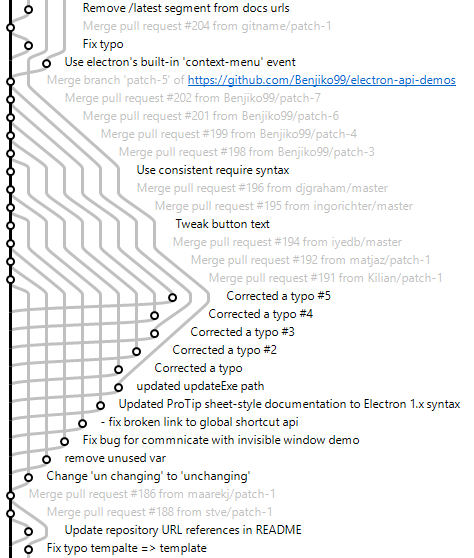

How to access repositories from IDE after enabling 2FA GitHub and BitBucket, offer 2-factor authentication to improve protection of user accounts. However, enabling 2FA complicates cloning, pulling and pushing to repositories of the account, if they are accessed over HTTPs.įor public repositories, authentication is required to push to them, while cloning and pulling should work without authentication.įor private repositories, cloning, pulling and pushing require authentication.

'Merge conflicts' occur when integrating the changes from one branch into another can't be done automatically because they both change the same area in a file, or their changes are mutually exclusive in some other way.'Merging' is the act of integrating the changes from one branch into another branch.'Checking out' is the act of switching to another branch so you can mess with it or look at its changes locally.A 'commit' is just a list of files that have been changed from the last commit, and the changes that are 'committed' are the changes that you've 'staged'. 'Commits' are snapshots of the repository's working tree at a given time.'Staging' means adding (with git add) changes from your working tree into the 'staging area', where some actions can be performed on it.'The working tree' is just every file and folder and what not that's in the repository.If you're going to make a pull request to the SS14 repo, you need to fork it first. 'Forks' are repositories that are based on another repository.'Submodules' are repositories that are located inside another repository.'Remotes' are names for and links to remote repositories that your local repository can use.Repositories are made up of a lot of branches. Local repositories are repositories you have on your computer, and remote repositories are repositories that live on websites like GitHub. 'Repositories' are essentially just folders where you can use Git to make changes and keep track of changes made.The default branch is master, but you can make as many as you like. 'Branches' are self-contained versions of the codebase that you can add commits to.Git branch -d my-new-feature # Delete both old branches # Made both PRs, both were merged, so we're done here # Now we'll make changes and push again, this time correctly.

#Smartgit line space update#
# A lot of new stuff was merged, so let's update our branch. # I committed, but then I realized my commit was entirely wrong Git commit -m "Deletes nuclear operatives" # so I won't fetch and merge changes again-just a new branch. # It hasn't been too long, and nothing important was merged, # Now, I want to work on a different pull request. Git push origin my-new-feature # and push them to our remote Git commit -m "Fix spaghetti explosions" # Commit them Git add -A # Add all of our local changes to the staging area Git checkout -b my-new-feature # Make a new branch for the feature Git fetch upstream # We'll fetch any new changes from the SS14 repo. Git checkout master # Before we create a new branch, we should be on master.


 0 kommentar(er)
0 kommentar(er)
